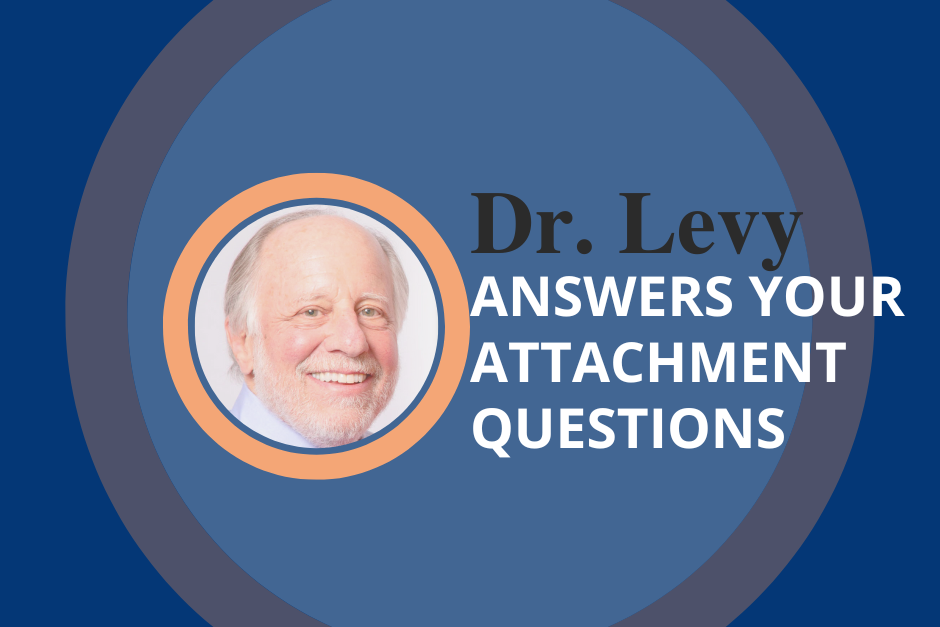We often hear about the debilitating impact of trauma on children and adults. However, with appropriate therapeutic and social support, individuals can experience welcome changes in the wake of traumatic events. The study of posttraumatic growth (PTG) reveals that many people increase in personal strength, appreciation of life, emotional intimacy with partners and family, creativity, sense of spirituality, and life possibilities, following traumatic events (Tedeschi & Calhoun 2004).
PTG
The factors that have been found to be associated with PTG and resilience are hope, a sense of meaning and purpose, positive emotions, social support, acts of kindness, and internal locus of control:
• Hope. Building hope is a key aspect of healing with traumatized children and adults. Hope is linked to better physical and psychological health, academic and work performance, and recovery from trauma. Traumatic experiences shatter one’s belief in a safe world and leads to a sense of a foreshortened future. Hope empowers and motivates individuals to believe in the possibility of a brighter future. Envisioning a future worth living is essential to recovery (Gilman, Schumm, & Chard 2012).
• Meaning and purpose. Trauma affects beliefs about self, the world, and the future, leading to negative mindsets (e.g., “It’s my fault; I’m helpless; people are bad”). Helping people make sense of traumatic events, and creating a sense of meaning and purpose, fosters resilience and PTG by increasing optimism, positive emotions, and self-esteem. Those who find meaning in traumatic events, such as the loss of a child, do better in their recovery than those who do not (McIntosh, Silver, Wortman 1993). People who tell a story reflecting their ability to overcome an adverse event, and discover positive results, were better adjusted (McAdams et al. 1997).
• Positive emotions. Positive emotions activate biochemical changes in the brain, flooding our brains with dopamine, serotonin, and endorphins, neurotransmitters that stimulate the brain’s reward system and are associated with positive moods, motivation, pleasurable sensations, and enhanced cognitive abilities. Positive emotions are linked to resilience and PTG. People who experienced positive emotions before the 9/11 attacks recovered faster from trauma than their less positive counterparts (Fredrickson et al. 2003). Optimism buffers against the negative effects of traumatic events because it fosters active problem-solving and constructive action (Peterson 2006).
• Social support. Social support, both received and perceived, increases resiliency and PTG following trauma. Positive relationships provide a sense of connectedness, the opportunity to experience the healthful side of life, and reduce loneliness and worthlessness. It also connects people to available resources, such as therapists, physicians, and community services. New Yorkers with emotional support had fewer PTSD symptoms and faster recovery following the 9/11 attacks than others with less social support (Fraley et al. 2006).
• Acts of kindness. Giving support—not only receiving—is tied to resilience and PTG. Acts of altruism decrease stress and enhance mental health. Volunteering to help has been found to increase self-efficacy (“I can make a difference”), enhance self-worth, and heighten the sense of meaning and purpose (Post 2005).
• Internal locus of control. Individuals with a strong sense of ownership over their fate are more resilient than those who view themselves as victims. People with an internal locus of control believe they have a hand in everything that happens to them, and are more apt to perceive trauma as something they can overcome. This belief in one’s capability to produce desired effects by your own actions is also called “self-efficacy,” which leads to perseverance in the face of obstacles and challenges (Maddux 2009).


